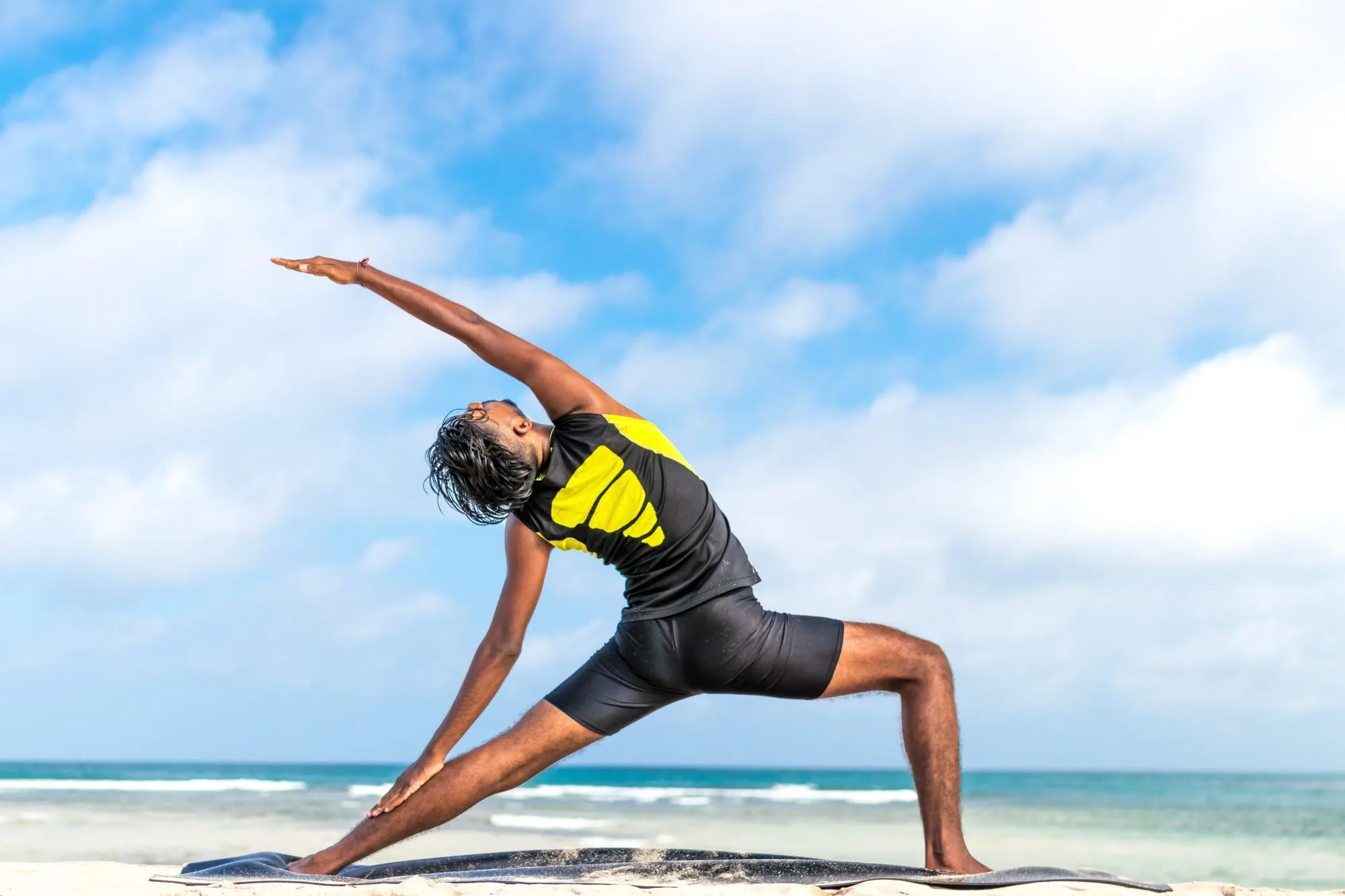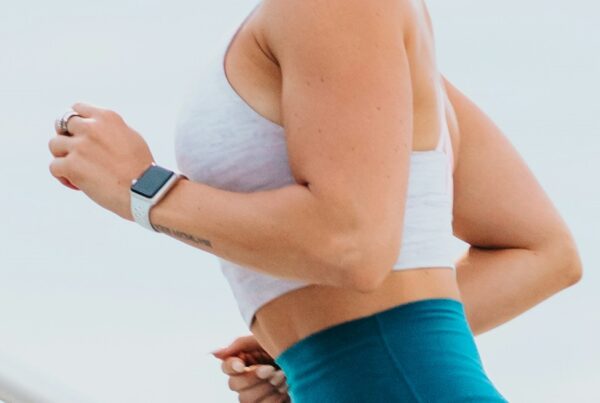Mobility is often the missing link in most people’s fitness routines. Whilst you’re lifting heavier and sweating more, you might be on the fast track to a stiff and immobile body. I am not talking about being flexible either. You need both, particularly as you get older.
Increasing your mobility is very important especially if you want to prevent injuries, fix muscle imbalances, and even help build more muscle. Since I’ve been working in the wellness and movements industry, it’s most common for people to talk about strength and flexibility. Yet, we hear so little about mobilizing our muscles. To be honest, you won’t be able to sustain either for very long if you are not mobile enough.
The common misconception seems to be that the more you stretch, the easier it will be for you to remain agile and athletic. However, when it comes down to doing this you will soon realize that no matter how much you stretch you still won’t have a wide range of motion for many of the activities you wish to complete. My point is that just because you feel extremely flexible does not mean that you are extremely mobile. This often happens with yoga enthusiasts or dancers who stretch a lot, their flexibility skills are through the roof. But when it comes to doing certain activities required throughout the day or some functional fitness exercises, they still struggle very much to complete those movements.
Mobility Is More Important Than Flexibility
Some might beg to differ, but having a good range of motion will serve you better in the long term than any other kind of contortionist exercise.
Jarlo Ilano, the physical therapist and managing director of GMB Fitness, is passionate about teaching other people how to get the most out of the things they enjoy in life. He, too, experienced pain and how it has the nasty ability to prevent you from doing this. Through his research and knowledge, he shares with us, we can improve the quality of our lives.
You never want to be in a situation where you realize that although you might have worked hard in the gym. You can’t complete certain tasks that you should be able to do. Of course, as we age our bodies become weaker, particularly if we don’t move much.![mobility is [longevity live]](https://longevitylive.com/wp-content/uploads/2018/09/action-active-agility-163437-320x256.jpg)
Mobility and Flexibility
What is the difference?
You need to understand that they do work in conjunction with one another. GM Fitness explains that flexibility is the ability of a muscle to temporarily stretch when needed. The best kind of picture you could keep in your mind is an elastic band. If it doesn’t stretch, it’s inflexible. It’s the same thing with muscles, which have elastic components designed to help the muscle stretch.
Mobility, on the other hand, is your joint’s ability to actively move through its intended range of motion. For example, your shoulder joint is shaped like a ball-and-socket. The reason behind this is to allow you to move your arm forward, backward, side-to-side, and in circles.
If you are able to move and rotate your joints with ease, then you have a healthy and mobile body. But, if you struggle to move in these directions then you’re lacking mobility. Perhaps you can’t keep your arms next to your ears when raising your arms overhead?
These kinds of issues may seem small, but they can increase your risk of injury or larger movement issues down the road.
Basically, flexibility is the ability of a muscle to stretch. Mobility is the ability of a joint to move.
Why Do You Need To Focus On Both?
Thinking about it logically makes perfect sense. If you want to have great joint mobility, then you’re going to need flexible and limber muscles. Think about what happens when you stretch out your hamstrings. You have to have the ability to stretch to get anywhere near your toes. The problem stems from the perception that a lack of mobility is a result of being inflexible and shortened muscles. However, a person can have great flexibility but still have poor mobility.![mobility is [longevity live]](https://longevitylive.com/wp-content/uploads/2018/09/balance-body-exercise-236981-320x221.jpg)
The reason behind this is that there are many more reasons, other than flexible muscles, that can affect a person’s mobility. The primary cause for the structure of someone’s joint is the shape of the bones, how they meet and how the joint’s ligaments and tendons connect to those bones. Everybody’s bone structure is unique and that’s perfectly fine. This also explains why certain people can move in ways more easily than others can.
But you should be able to move and when you can’t, that’s when the alarm should go off. Struggling to touch your toes is not necessarily because you’re inflexible.
What Can You Do To Get More Mobile?
The common assumption is to do as many stretches as you can. Wrong! Once you’ve got a proper understanding of the link between flexibility and mobility, it becomes clear that stretching exercises are only one part of the mobility equation. If you truly want to increase your mobility then it’s pertinent that you also train the body’s stabilizing muscles. Specifically strengthening the core muscles.![mobility is [longevity live]](https://longevitylive.com/wp-content/uploads/2018/09/abdomen-active-adult-1346176-320x180.jpg)
You’ll want to perform exercises that take your joints through a full range of motion and consciously work to improve your posture. A great technique to try and improve your mobility is with myocardial release using a foam roller.
If you’re not sure if you have a healthy level of mobility, consider talking to a certified trainer or physical therapist who can assess how you move. Like I said previously, everybody is different and will, therefore, require a personalized program to follow. One step at a time.
These are some really helpful exercises to incorporate into your routine if you’re trying to improve your body’s mobility.



![women [longevity live]](https://longevitylive.com/wp-content/uploads/2020/01/photo-of-women-walking-down-the-street-1116984-100x100.jpg)









